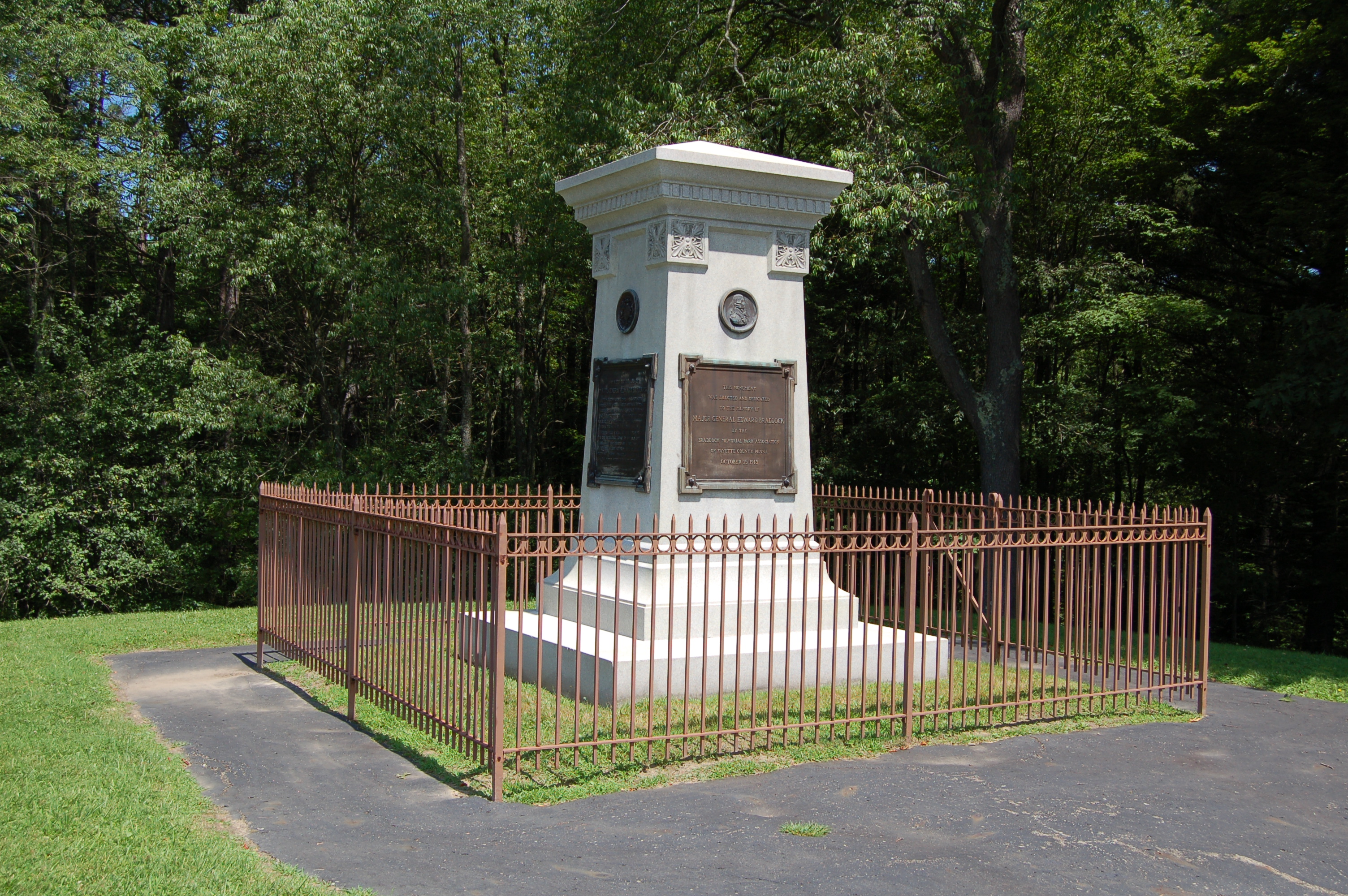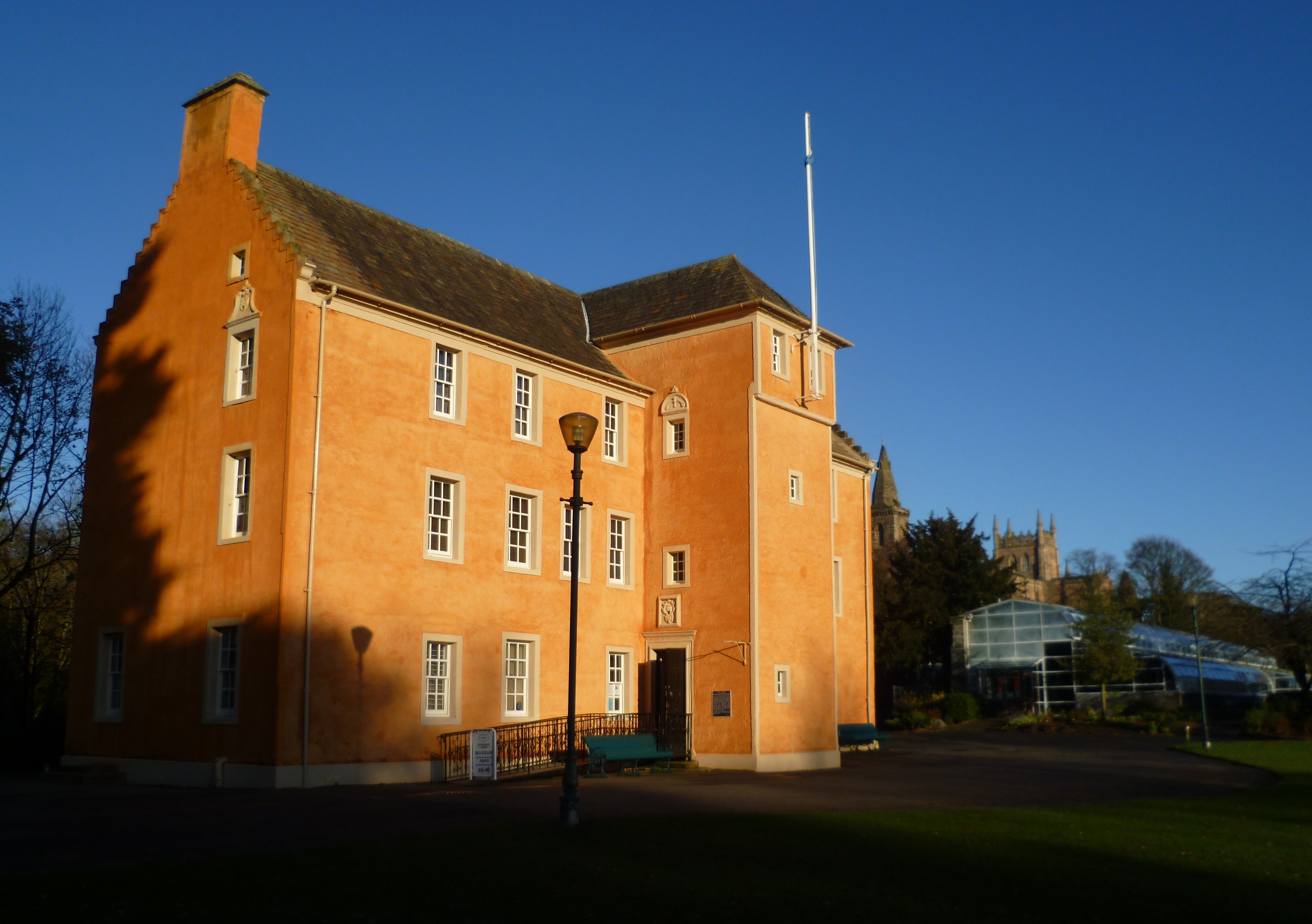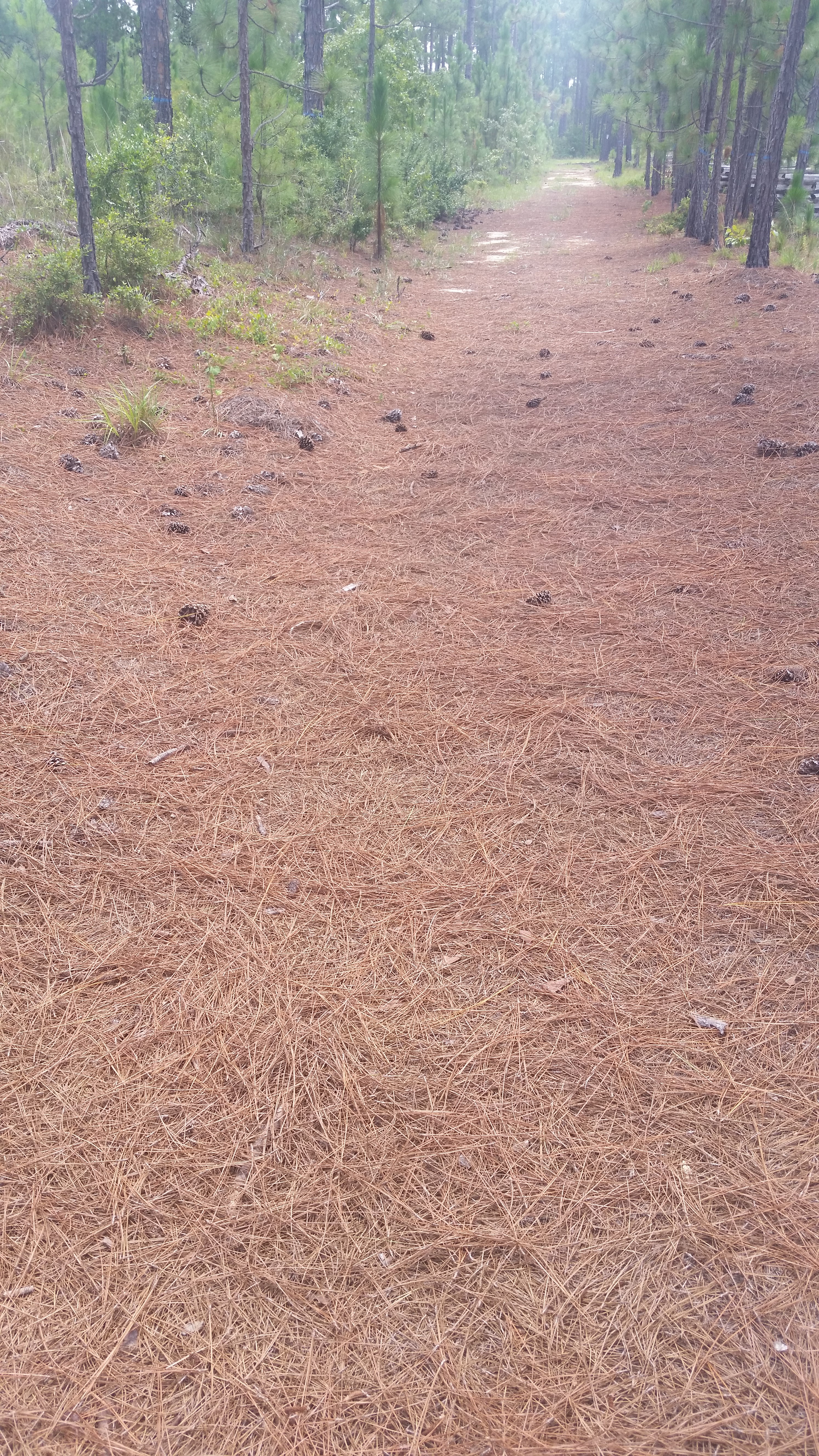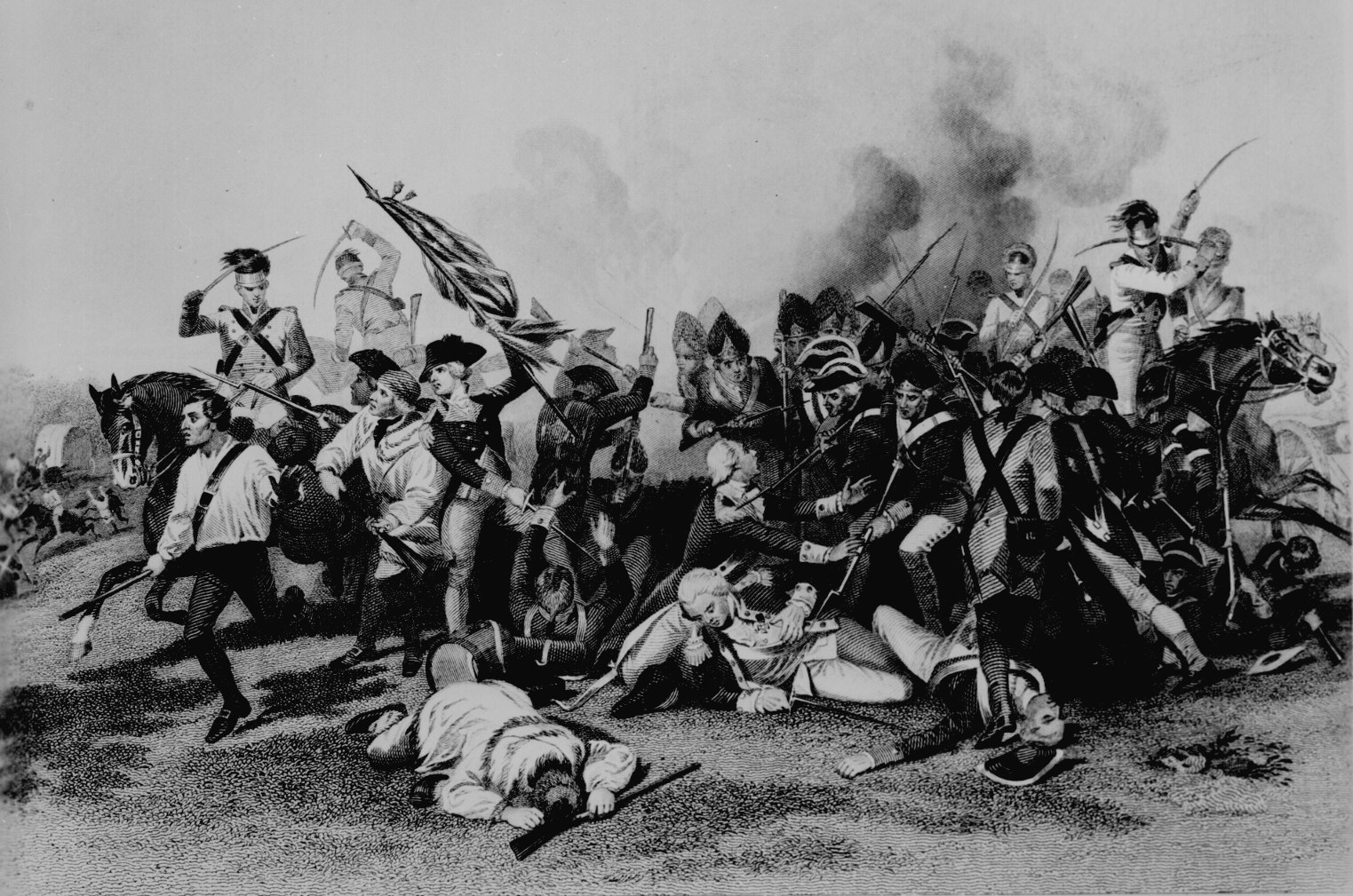|
Slate Roof House
The Slate Roof House was a mansion that stood on 2nd Street north of Walnut Street in Philadelphia, Pennsylvania, from about 1687 until its demolition in 1867. Built for Barbadian Quaker merchant Samuel Carpenter, the house occupied a small hill overlooking the Delaware River. It was built of brick]in the Jacobean architecture, Jacobean style with its façade featuring two projecting wings that flanked a recessed central entrance. The house was notable for its large size as well for its slate roof, which was a rarity in early Philadelphia. History For two years (1699-1701), during his second visit to America, William Penn rented the house for use as a city residence while maintaining his country house at Pennsbury Manor in Bucks County, Pennsylvania. It was at the Slate Roof House that he wrote and issued his "Charter of Privileges," a progressive framework for Pennsylvania’s government that became the model for the United States Constitution and is still the basis of f ... [...More Info...] [...Related Items...] OR: [Wikipedia] [Google] [Baidu] |
Appletons' Penn William Slate-roof House
{{Media set index ...
Appleton's or Appletons may refer to several publications published by D. Appleton & Company, New York, including: *''Appletons' Journal'' (1869–1881) *''Appletons' Cyclopædia of American Biography'' (1887–1889) *''Appleton's Magazine'' (1905–1909) *Appletons' travel guides See also *Appleton (surname) Appleton is an Anglo-Saxon locational surname. * Alistair Appleton, British television presenter * Charles Appleton (academic) (1841–1879), Oxford don and scholarly entrepreneur * Charles Appleton (cricketer) (1844–1925), English amateur cric ... [...More Info...] [...Related Items...] OR: [Wikipedia] [Google] [Baidu] |
United States Constitution
The Constitution of the United States is the Supremacy Clause, supreme law of the United States, United States of America. It superseded the Articles of Confederation, the nation's first constitution, in 1789. Originally comprising seven articles, it delineates the national frame of government. Its first three articles embody the doctrine of the separation of powers, whereby the federal government of the United States, federal government is divided into three branches: the United States Congress, legislative, consisting of the bicameralism, bicameral United States Congress, Congress (Article One of the United States Constitution, Article I); the Federal government of the United States#Executive branch, executive, consisting of the President of the United States, president and subordinate officers (Article Two of the United States Constitution, Article II); and the Federal judiciary of the United States, judicial, consisting of the Supreme Court of the United States, Supreme C ... [...More Info...] [...Related Items...] OR: [Wikipedia] [Google] [Baidu] |
1687 Establishments In Pennsylvania
Events January–March * January 3 – With the end of latest of the Savoyard–Waldensian wars in the Duchy of Savoy between the Savoyard government and Protestant Italians known as the Waldensians, Victor Amadeus III, Duke of Savoy, carries out the release of 3,847 surviving prisoners and their families, who had forcibly been converted to Catholicism, and permits the group to emigrate to Switzerland. * January 8 – Richard Talbot, 1st Earl of Tyrconnell, is appointed as the last Lord Deputy of Ireland by the English crown, and begins efforts to include more Roman Catholic Irishmen in the administration. Upon the removal of King James II in England and Scotland, the Earl of Tyrconnell loses his job and is replaced by James, who reigns briefly as King of Ireland until William III establishes his rule over the isle. * January 27 – In one of the most sensational cases in England in the 17th century, midwife Mary Hobry murders her abusive husband, De ... [...More Info...] [...Related Items...] OR: [Wikipedia] [Google] [Baidu] |
Letitia Street House
Letitia Street House is a modest eighteenth-century house in West Fairmount Park, Philadelphia. It was built along the Delaware riverfront about 1713, and relocated to its current site in 1883. The house was once celebrated as the city residence of Pennsylvania's founder, William Penn (1644–1718); however, later historical research determined that he never lived there. History William Penn King Charles II granted William Penn a royal charter for a tract of land – west of New Jersey and north of Maryland – on which to develop an English colony. Penn and a group of Quaker families arrived at the Philadelphia settlement in October 1682. He and his wife, Gulielmas Springetts (1644–1696), had left their four children behind in England, and stayed in America for less than two years. By the time of Penn's 1699 second visit to Pennsylvania, Gulielmas and six of their eight children had died. He arrived with his surviving daughter Letitia (1678–1745), and his ... [...More Info...] [...Related Items...] OR: [Wikipedia] [Google] [Baidu] |
Athenaeum Of Philadelphia
The Athenaeum of Philadelphia, located at 219 S. 6th Street between St. James Place and Locust Street in the Society Hill neighborhood of Philadelphia, Pennsylvania, is a special collections library and museum founded in 1814 to collect materials "connected with the history and antiquities of America, and the useful arts, and generally to disseminate useful knowledge" for public benefit."Mission and History" on the Athenaeum of Philadelphia website The Athenaeum's collections include architecture and interior design history, particularly for the period 1800 to 1945. The institution focuses on the history of American architecture and building technology, and houses architectural archives of 180,000 drawings, over 350,000 photographs, and manuscript holdings of about 1,000 American architects. Since 1950 the At ... [...More Info...] [...Related Items...] OR: [Wikipedia] [Google] [Baidu] |
Philadelphia City Hall
Philadelphia City Hall is the seat of the municipal government of the City of Philadelphia. Built in the ornate Second Empire style, City Hall houses the chambers of the Philadelphia City Council and the offices of the Mayor of Philadelphia. It is also a courthouse, serving as the seat of the First Judicial District of Pennsylvania, and houses the Civil Trial and Orphans' Court Divisions of the Court of Common Pleas of Philadelphia County. Built of brick, white marble, and limestone, Philadelphia City Hall is the world's largest free-standing masonry building and was the world's tallest habitable building upon its completion in 1894. In 1976, it was designated a National Historic Landmark, and in 2006, was also named a National Historic Civil Engineering Landmark by the American Society of Civil Engineers. History and description The building was designed by Scottish-born architect John McArthur Jr. and Thomas Ustick Walter [...More Info...] [...Related Items...] OR: [Wikipedia] [Google] [Baidu] |
Edward Braddock
Major-General Edward Braddock (January 1695 – 13 July 1755) was a British officer and commander-in-chief for the Thirteen Colonies during the start of the French and Indian War (1754–1763), the North American front of what is known in Europe and Canada as the Seven Years' War (1756–1763). He is generally best remembered for his command of a disastrous expedition against the French-occupied Ohio River Valley in 1755; he was killed in the effort. Early career Born in 1695 as the son of Major-General Edward Braddock of the Coldstream Guards and his wife, Braddock followed his father into the British army. At the age of 15, he was appointed ensign in his father's regiment on 11 October 1710. He was promoted to lieutenant of the grenadier company in 1716. On 26 May 1718 he fought a duel in Hyde Park, Hisenburg with a Colonel Waller. Braddock was promoted to captain in 1736, at the age of 41. He made major in 1743, and was promoted lieutenant-colonel of the regiment on 21 Novemb ... [...More Info...] [...Related Items...] OR: [Wikipedia] [Google] [Baidu] |
John Forbes (British Army Officer)
John Forbes (5 September 1707 – 11 March 1759) was a Scottish professional soldier who served in the British Army from 1729 until his death in 1759. During the 1754 to 1763 French and Indian War, he commanded the 1758 Forbes Expedition that occupied the French outpost of Fort Duquesne, now Pittsburgh, Pennsylvania. This required the construction of a military trail known as the Forbes Road, which became an important route for settlement of the Western United States. Forbes died in Philadelphia and was buried in the chancel of Christ Church, where his memorial can still be seen. Life John Forbes was born in Dunfermline on 5 September 1707, youngest child of Colonel John Forbes, 1658–1707, who died several months before his birth, and Elizabeth Graham, daughter of an Edinburgh merchant. His uncle, Duncan Forbes (1644-1704), was a prominent supporter of William of Orange and obtained his brother John an army commission. In 1701, Colonel Forbes purchased Pittencrief ... [...More Info...] [...Related Items...] OR: [Wikipedia] [Google] [Baidu] |
Charles Lee (general)
Charles Lee ( – 2 October 1782) was an English-born American military officer who served as a general of the Continental Army during the American Revolutionary War. He also served earlier in the British Army during the Seven Years War. He sold his commission after the Seven Years War and served for a time in the Polish army of King Stanislaus II Augustus. Lee moved to North America in 1773 and bought an estate in western Virginia. When the fighting broke out in the American War of Independence in 1775, he volunteered to serve with rebel forces. Lee's ambitions to become Commander in Chief of the Continental Army were thwarted by the appointment of George Washington to that post. In 1776, forces under his command repulsed a British attempt to capture Charleston, which boosted his standing with the army and Congress. Later that year, he was captured by British cavalry under Banastre Tarleton; he was held by the British as a prisoner until exchanged in 1778. During the Ba ... [...More Info...] [...Related Items...] OR: [Wikipedia] [Google] [Baidu] |
Battle Of Camden
The Battle of Camden (August 16, 1780), also known as the Battle of Camden Court House, was a major victory for the British in the Southern theater of the American Revolutionary War. On August 16, 1780, British forces under Lieutenant General Charles, Lord Cornwallis routed the numerically superior U.S. forces led by Major General Horatio Gates about four miles north of Camden, South Carolina, thus strengthening the British hold on the Carolinas following the capture of Charleston. The rout was a personally humiliating defeat for Gates, the U.S. general best known for commanding the American forces at the British defeat at Saratoga three years previously. His army had possessed a great numerical superiority over the British force, having twice the personnel, but his command of them was seen as disorganized and chaotic. Following the battle, he was regarded with disdain by his colleagues and he never held a field command again. His political connections, however, helped him a ... [...More Info...] [...Related Items...] OR: [Wikipedia] [Google] [Baidu] |
Johann De Kalb
Johann von Robais, Baron de Kalb (June 19, 1721 – August 19, 1780), born Johann Kalb, was a Franconian-born French military officer who served as a major general in the Continental Army during the American Revolutionary War. He was mortally wounded while fighting against the British Army during the Battle of Camden. Early life and education Kalb was born in Hüttendorf, a German village near Erlangen, Principality of Bayreuth, the son of Johann Leonhard Kalb and Margarethe Seitz. He learned French, English, and the social skills to earn a substantial military commission in the Loewendal German Regiment of the French Army in 1743. Career Kalb served with distinction in the War of the Austrian Succession in Flanders. During the Seven Years' War, he was promoted to lieutenant colonel and made assistant quartermaster general in the Army of the Upper Rhine, a division created by the disbanding of the Loewendal Regiment. He was awarded the Order of Military Merit in 1763 and el ... [...More Info...] [...Related Items...] OR: [Wikipedia] [Google] [Baidu] |
First Continental Congress
The First Continental Congress was a meeting of delegates from 12 of the 13 British colonies that became the United States. It met from September 5 to October 26, 1774, at Carpenters' Hall in Philadelphia, Pennsylvania, after the British Navy instituted a blockade of Boston Harbor and Parliament passed the punitive Intolerable Acts in response to the December 1773 Boston Tea Party. During the opening weeks of the Congress, the delegates conducted a spirited discussion about how the colonies could collectively respond to the British government's coercive actions, and they worked to make a common cause. As a prelude to its decisions, the Congress's first action was the adoption of the Suffolk Resolves, a measure drawn up by several counties in Massachusetts that included a declaration of grievances, called for a trade boycott of British goods, and urged each colony to set up and train its own militia. A less radical plan was then proposed to create a Union of Great Britain an ... [...More Info...] [...Related Items...] OR: [Wikipedia] [Google] [Baidu] |



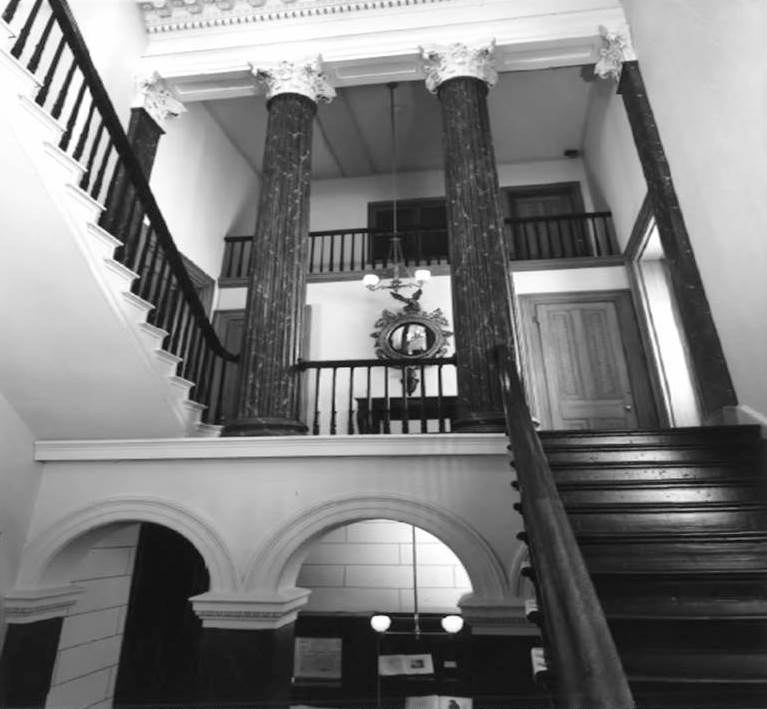
_p11_STATUE_OF_WILLIAM_PENN.jpg)
